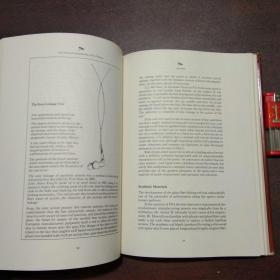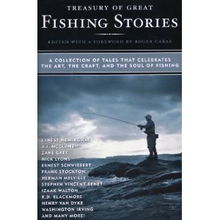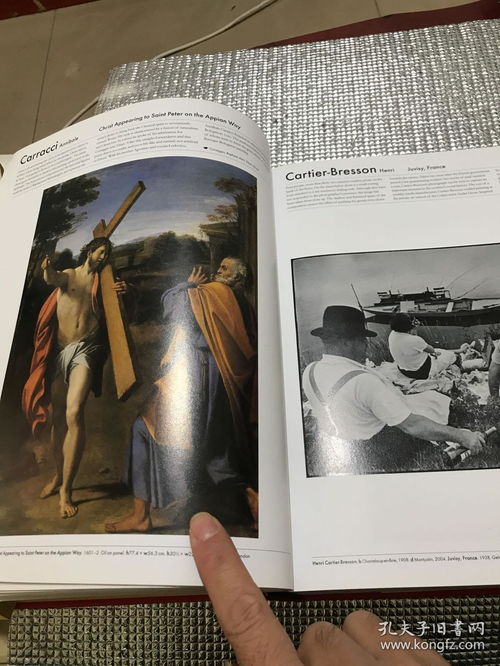
Content:
Introduction: Fly fishing is an art form that requires patience, precision, and a deep understanding of the water and its inhabitants. One of the fundamental aspects of fly fishing is mastering the art of tying a fly rod with a float, also known as a fly line with a strike indicator. This article will provide you with a detailed step-by-step guide, complete with illustrations, to help you perfect this essential skill.
Step 1: Gather Your Materials Before you begin, make sure you have all the necessary materials at hand. You will need:
- A fly rod
- A fly line
- A float or strike indicator
- Fly fishing leader material (usually monofilament or fluorocarbon)
- Fly fishing tippet material
- A pair of needle-nose pliers
- Scissors
- A fly fishing line spool or a bobbin
Step 2: Attach the Fly Line to the Rod Start by attaching the fly line to the rod. Most fly rods have a line loop at the tip, which you will use to thread the line through. Here's how to do it:
- Hold the rod with the tip facing up.
- Thread the fly line through the line loop from the bottom.
- Once the line is through, hold the line loop with one hand and pull the line through the loop with the other hand until it forms a loop at the end of the rod.
- Secure the line to the rod by wrapping it around the line loop several times, then tucking the end of the line into the wraps to hold it in place.
Step 3: Attach the Float or Strike Indicator Next, you'll need to attach the float or strike indicator to the end of the fly line. This is crucial for detecting subtle movements in the water, which indicate a fish has taken the fly. Here's how to do it:
- Thread the leader material through the loop at the end of the fly line.
- Tie a knot, such as a loop-to-loop knot, to connect the leader to the fly line. Make sure the knot is tight and secure.
- Thread the float or strike indicator through the loop at the end of the leader material.
- Tie another knot, such as an improved clinch knot, around the float or indicator to prevent it from sliding down the leader.
Step 4: Attach the Tippet Material The tippet material is the part of the leader that is attached to the fly. It is important for its flexibility and strength. Here's how to attach it:
- Trim the excess leader material from the float or indicator.
- Thread the tippet material through the loop at the end of the leader material.
- Tie a knot, such as a blood knot, to connect the tippet material to the leader. Make sure the knot is snug and secure.
Step 5: Adjust the Float or Strike Indicator Once the float or strike indicator is attached, you may need to adjust its position on the leader. This ensures that the indicator will move with the fly as it drifts through the water. Here's how to adjust it:
- Hold the rod horizontally and let the float or indicator dangle in the water.
- Move the float or indicator up or down the leader until it is in the desired position.
- Secure the float or indicator in place by wrapping the leader material around it and tucking the end into the wraps.
Step 6: Test the Setup Before you hit the water, it's important to test your setup. Here's how to do it:
- Cast the rod into the water and let the fly line and leader lay out straight.
- Watch the float or indicator as it drifts through the water. It should move with the fly and not get tangled.
- If everything looks good, you're ready to go fishing. If not, make any necessary adjustments to the float or indicator position.
Conclusion: Tying a fly rod with a float is a fundamental skill that all fly fishers must master. By following this step-by-step guide, you can ensure that your fly line, float, and leader are set up correctly, giving you the best chance of catching fish. Remember, practice makes perfect, so don't be discouraged if it takes a few tries to get it right. Happy fishing!












